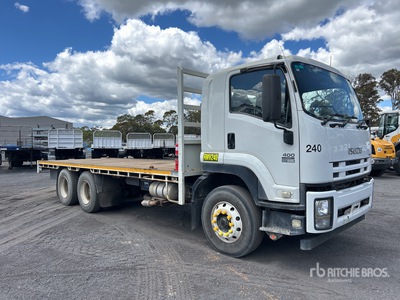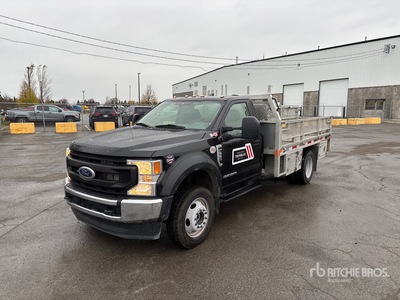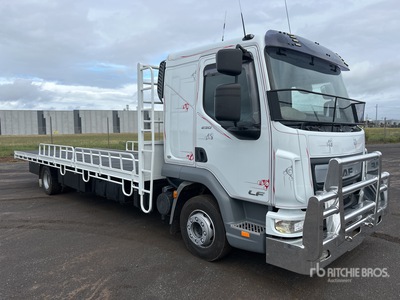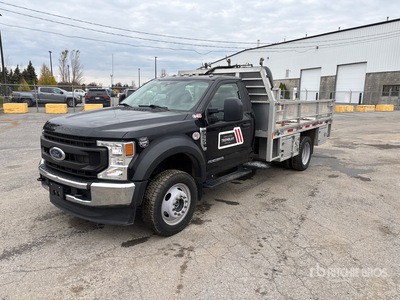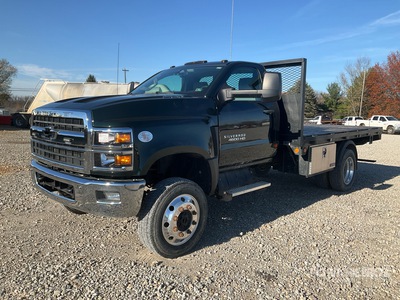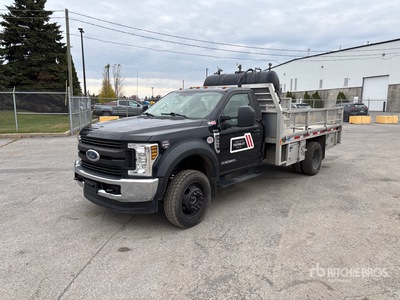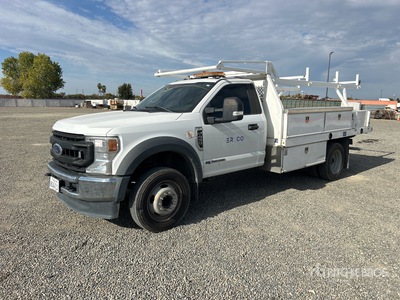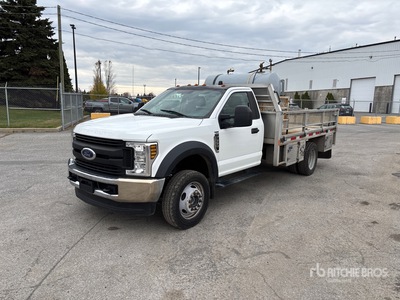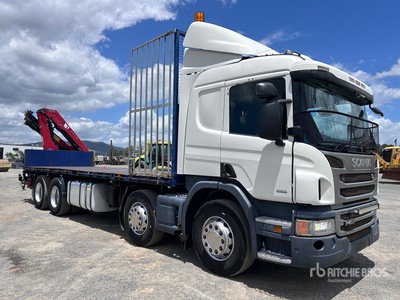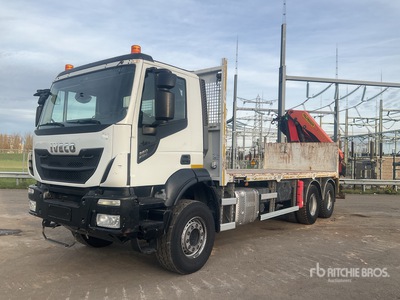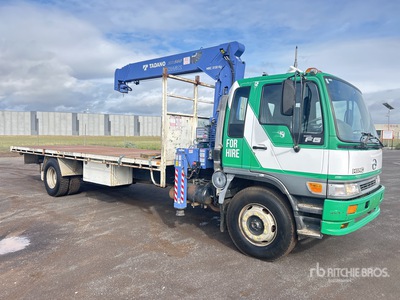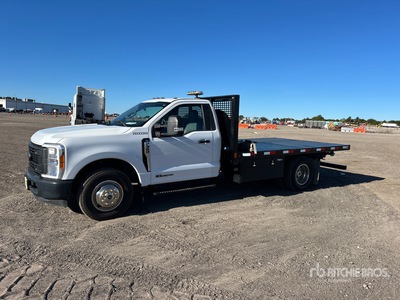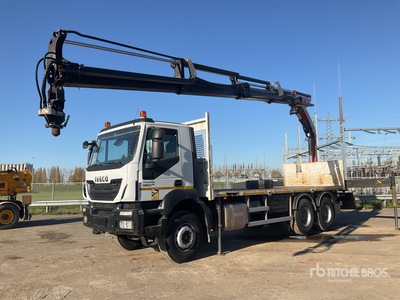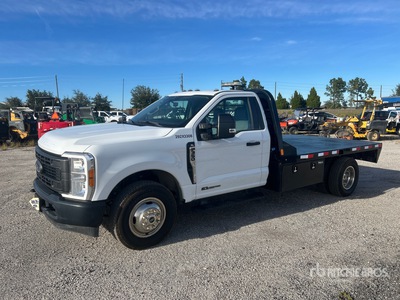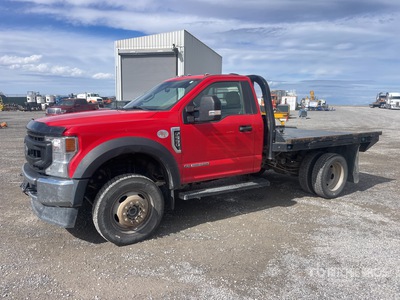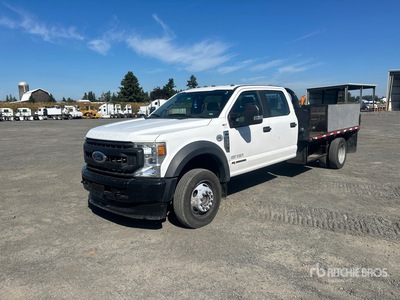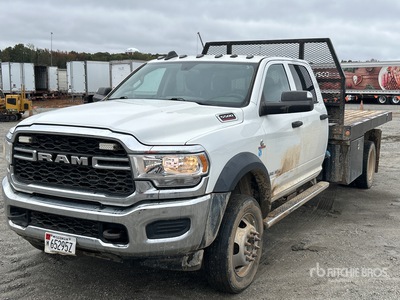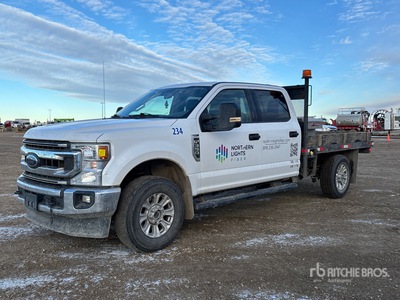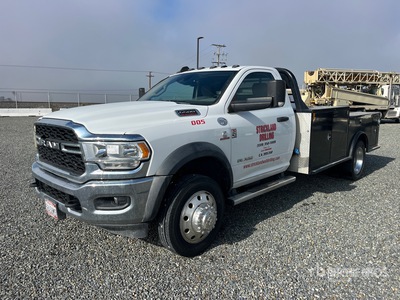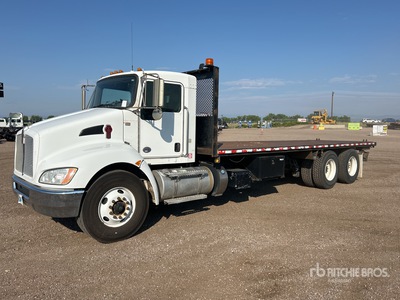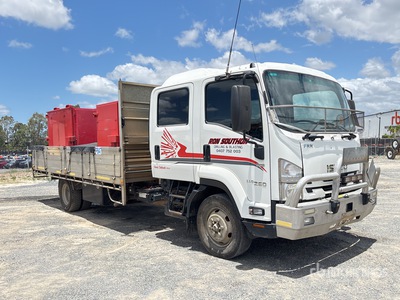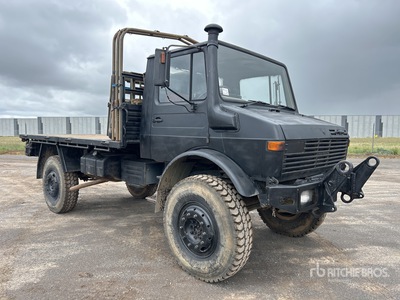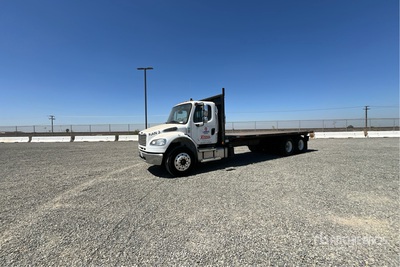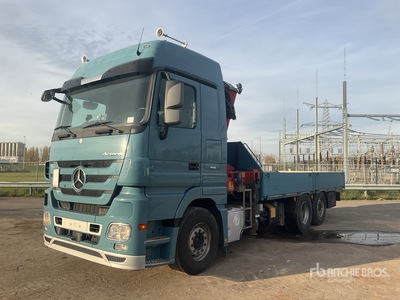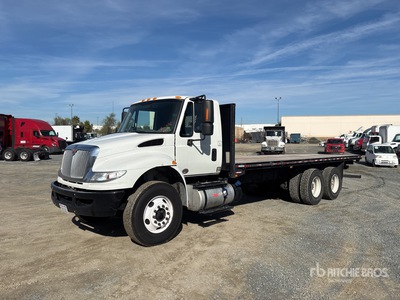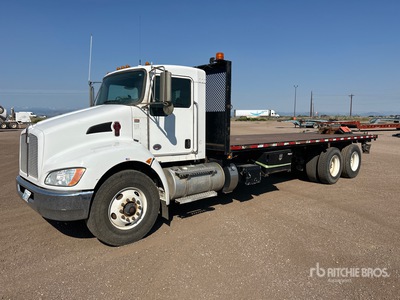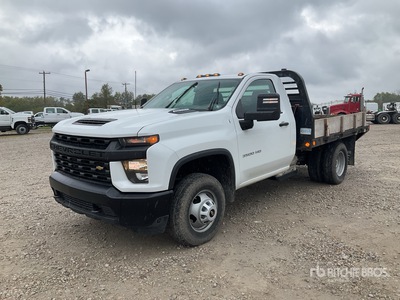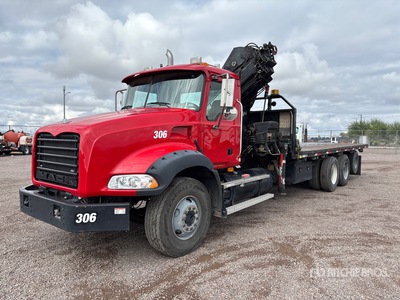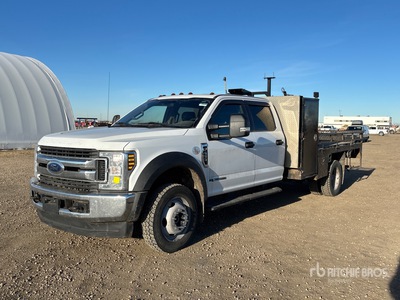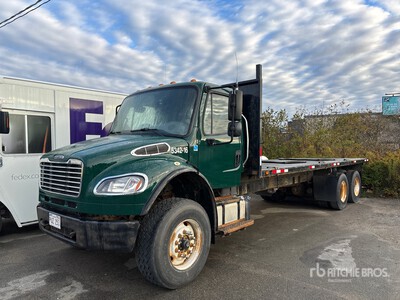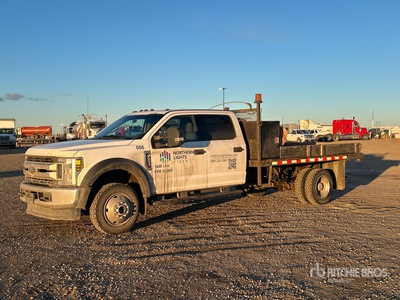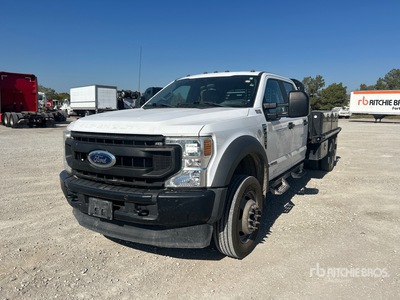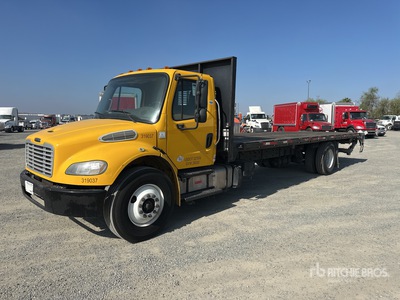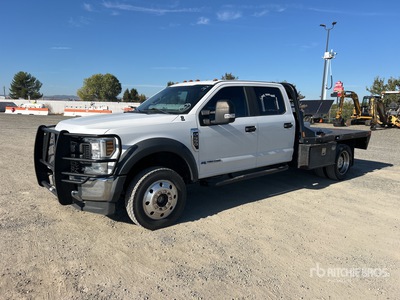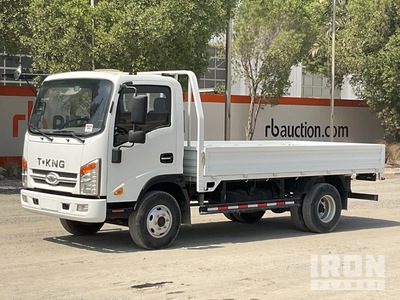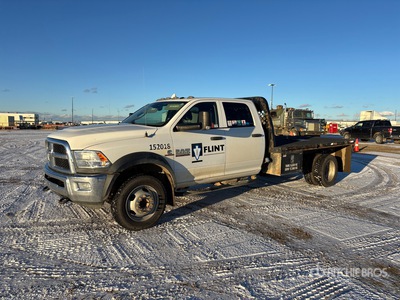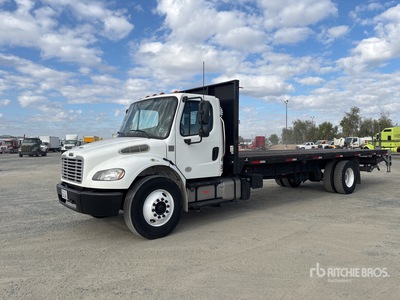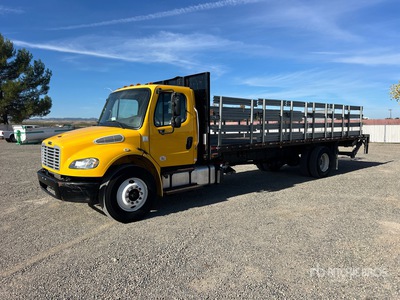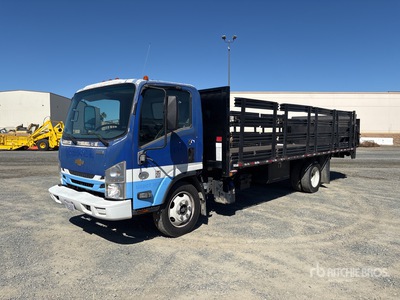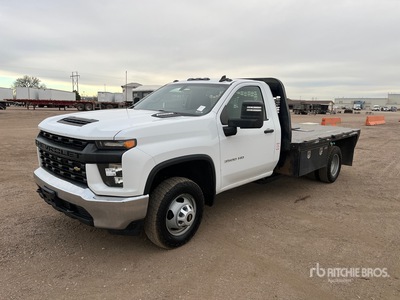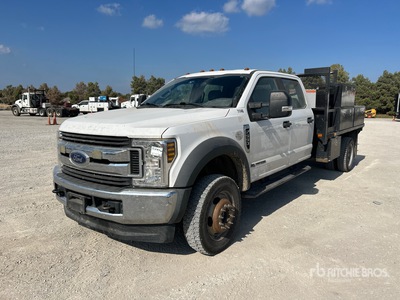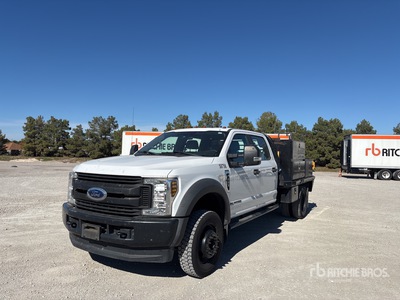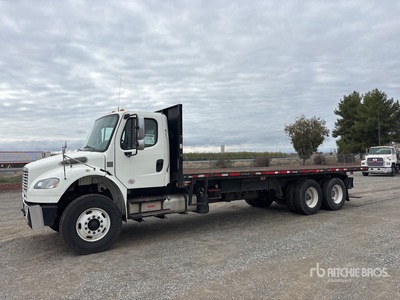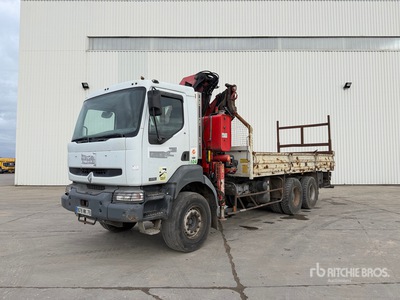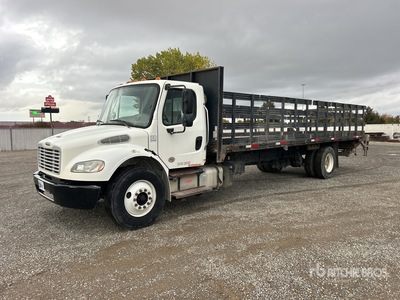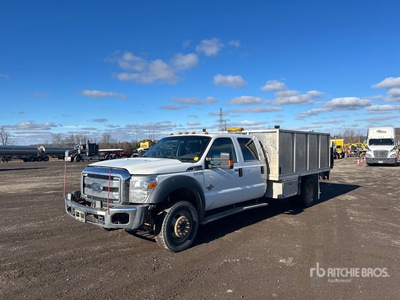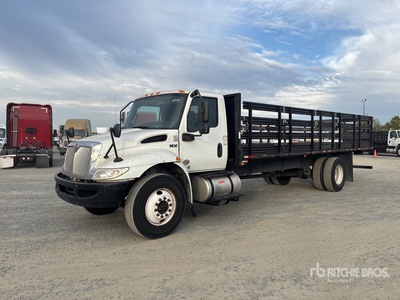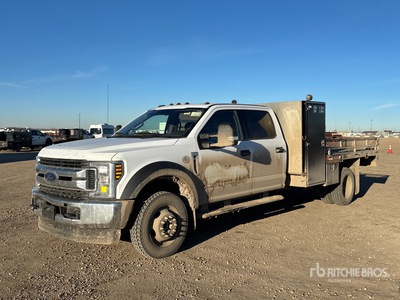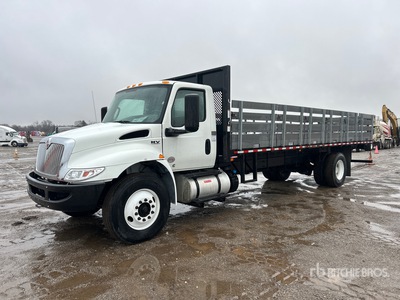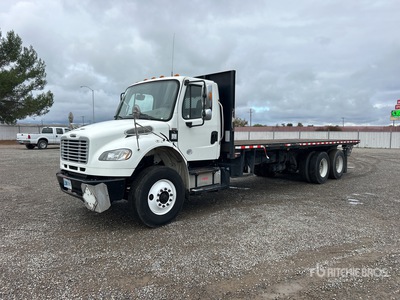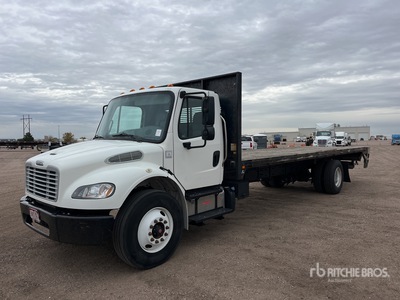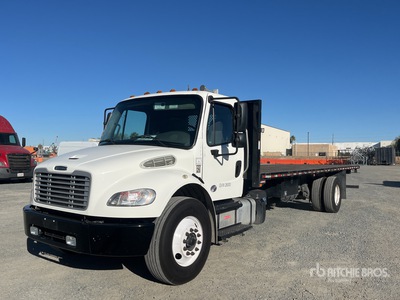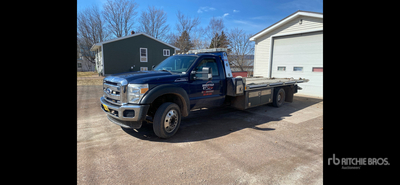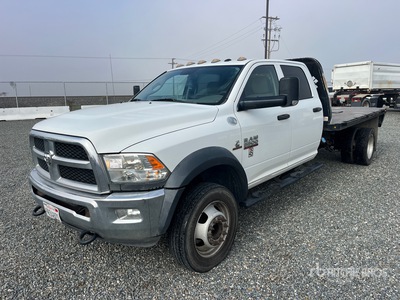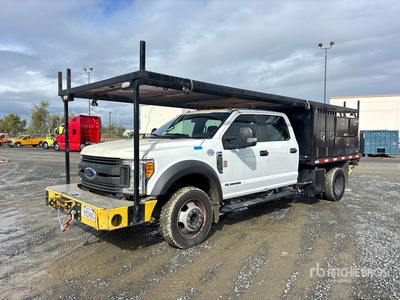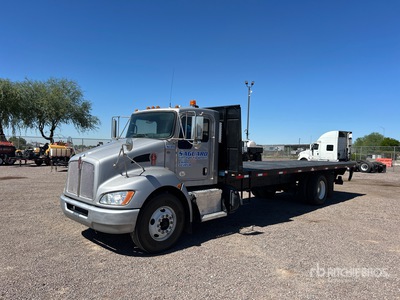Showing 0-60 of 922 results
- Lot 2114.
Brisbane, QLD, AUS
659,987 mi
- Lot 536.
Zevenbergen, NRDB, NLD
126,559 mi
- Lot 2117.
Geelong, VIC, AUS
266,439 mi
- Lot 2115.
Brisbane, QLD, AUS
626,982 mi
- Lot 537.
Zevenbergen, NRDB, NLD
131,273 mi
- Lot 538.
Zevenbergen, NRDB, NLD
518,654 mi
- Lot 1028.
St Aubin Sur Gaillon, HN, FRA
284,030 mi
1-60 of 922
Flatbeds & decks, maximum hauling
Versatile, durable, and built for heavy-duty work, flatbed trucks remain essential across construction, agriculture, logistics, and general transport. Their open-bed design offers unmatched flexibility for hauling oversized or irregularly shaped loads—everything from lumber and machinery to pallets, pipes, and building materials.
Whether you’re looking for a late-model commercial flatbed or a dependable used work truck, today’s market offers more choice than ever. Buyers can source through established equipment dealers, private sellers, or—more commonly—trusted online heavy-equipment marketplaces where you can compare models, review inspection details, and purchase with confidence. Mentioning where to buy up front matters because the best outcome combines the right truck with transparent information about its condition and history.
Flatbed trucks are valued not just for what they can carry, but for how efficiently they move equipment and materials that don’t fit standard box trucks or vans. As industries expand and supply chains diversify, demand for both new and used flatbed trucks continues to rise. Here’s what to know about the configurations, capabilities, and key buying considerations when you’re in the market for a flatbed truck.
Why choose a flatbed truck
Flatbed trucks earn their keep for one reason: no other class offers the same versatility. With an exposed deck and no side panels or roof, operators load from any direction, reducing turnaround time at worksites and shipping yards. That flexibility makes them ideal for carrying oversized machinery, bulk construction materials, or awkward cargo that won’t fit enclosed bodies.
Construction, forestry, oil & gas, fabrication, and manufacturing all rely on flatbeds for daily operations. Many fleets use them to shuttle equipment between sites or move finished materials to distributors. Sturdy steel or aluminum beds withstand repeated loading cycles and heavy payloads.
For owner-operators and small businesses, a flatbed can double as a general-purpose work vehicle, hauling landscaping materials, tools, and compact machinery. With models ranging from light-duty one-ton pickups to class 8 configurations, there’s a platform for nearly every hauling application.
Common configurations and applications
Flatbed trucks come in designs tailored to distinct commercial uses. Understanding the differences helps you match capability to job requirements and protect long-term ROI.
- Standard flatbed trucks: Single-chassis vehicles with a flat, open bed in light-, medium-, and heavy-duty variants. Popular with contractors and trades for transporting equipment and building materials. Link internally to your “Flatbed truck” child page here.
- Flatbed trucks with cranes: Trucks equipped with hydraulic cranes or booms for frequent loading and unloading of heavy objects. Common in construction, utilities, and oilfield logistics. Link internally to your “Flatbed truck with crane” child page here.
- Flatbed semi trucks: Tractor-trailer setups where the flatbed is the trailer. Ideal for long-haul transport of steel beams, containers, or heavy equipment.
- Tilt deck and roll-off flatbeds: Hydraulically tilting beds for loading vehicles, compact machinery, or containers without external equipment.
- Aluminum vs. steel beds: Aluminum saves weight and resists corrosion—useful for regional hauls and coastal environments—while steel provides maximum durability for rugged jobsites.
Many buyers also evaluate bed lengths, deck heights, stake pocket layouts, tie-down options, removable side kits, and liftgate compatibility. Spec details that align to your freight size, weight distribution, and loading method will have the most impact on utilization.
Powertrain and performance considerations
When comparing listings for flatbed trucks for sale, engine and drivetrain decisions influence capability, fuel costs, and service intervals.
- Diesel engines: The standard for commercial fleets due to high torque, towing confidence, and efficiency under load. Many used flatbed diesel trucks retain strong resale value thanks to durability and longer service life.
- Gas engines: Common in light- and some medium-duty models. Lower upfront costs and simpler maintenance, though higher fuel consumption under heavy payloads.
- Transmissions: Modern automatics are widely adopted for reliability and ease of use. Manual transmissions still appeal for precise control during tight-space maneuvering and load handling.
Match spec to job: review gross vehicle weight rating (GVWR), curb weight, and net payload capacity. Verify axle ratings, wheelbase, frame section modulus, and suspension configuration—especially if you’ll run near max payload. If you plan to power a crane, winch, or hydraulic tilt deck, confirm PTO availability and hydraulic system compatibility.
What to look for when buying
A well-maintained used flatbed truck can deliver new-truck productivity at a fraction of the cost. Focus your evaluation on condition, service history, and intended use.
- Inspect frame rails, crossmembers, and undercarriage for corrosion, cracks, or non-factory welds.
- Check deck condition: surface rust, soft spots in wood overlays, or damage around stake pockets and tiedown points.
- Review maintenance records for regular oil changes, brake service, suspension work, and any engine or transmission overhauls.
- Evaluate tire life, brake thickness, and alignment; uneven wear may signal suspension or loading issues.
- Test hydraulics and PTO systems if equipped; confirm lift gate or crane functions smoothly and holds pressure.
- Confirm emissions compliance for your region, especially on older diesel units; factor in potential aftertreatment service.
Transparency reduces risk. Many buyers prefer marketplaces that publish inspection details, comprehensive photo sets, and verifiable documentation. Whether purchasing via auction platform, dealer network, or private sale, insist on the information needed to make a confident decision.
Industry demand and market insights
Demand for flatbed capacity remains stable across North America, driven by construction volume, infrastructure work, and the need to move irregular freight. Late-model commercial flatbeds and fleet-maintained units tend to attract the strongest interest because they balance mileage, condition, and spec alignment with cost.
Older flatbed trucks for sale can be excellent value for lighter commercial use, farm work, or as secondary fleet vehicles, provided you account for potential retrofit or reconditioning. Pay attention to model-year emissions systems, parts availability, and common failure points to set realistic maintenance budgets.
Market value is ultimately a function of spec, hours/mileage, condition, and documentation. Listings with clear inspection details and service history typically sell faster and closer to ask price because they reduce uncertainty for buyers.
Commercial and heavy-duty flatbed options
For regional and long-haul freight, flatbed semi trucks offer high payload capacity and broad trailer compatibility, including standard flatbeds, step-decks, drop-decks, and double-drops. Businesses moving steel, lumber, prefab components, or machinery benefit from flexible load heights and easy side or overhead loading.
When evaluating commercial flatbed trucks for sale, consider upfits that streamline your workflows: lift gates for palletized freight, integrated toolboxes for secure storage, removable side kits, tarping systems, winches, headache racks, and additional tiedown hardware. Purpose-built configurations tend to yield higher utilization and a faster return on investment.
How to source and compare listings
Start with a clear spec: target GVWR and payload, bed length and material, axle count, powertrain preference, and any hydraulics or PTO requirements. Use filters to narrow inventory by year, mileage, condition, and price, then compare similar trucks side by side. When possible, verify inspection notes and maintenance documents, and weigh transport logistics or delivery lead times in your decision.
If your work requires specialized equipment—such as a crane or tilt deck—consider whether a single unit or a separate truck-and-trailer combination better fits your routes, licensing, and loading infrastructure. Linking from this section to your child pages helps buyers quickly jump to deeper, configuration-specific guidance.
Buying with confidence
Flatbed trucks are the backbone of countless operations—from jobsites and farms to yards and factories—because they move the loads that keep projects on schedule. The right platform, matched to your payload and routes, will deliver years of dependable service.
When you’re ready to buy, look for transparency, verified inspections, and a wide selection. Marketplaces that connect thousands of buyers and sellers provide real-time pricing signals and the documentation needed to purchase confidently. Explore current listings of flatbed trucks for sale to compare specs, review condition details, and evaluate value for money. If your work calls for specialized lifting and on-site placement, browse related options like flatbed trucks with cranes to find a configuration built for your next job.
Wherever your business takes you, the right flatbed helps you haul more, work smarter, and stay on the move.
Expand your equipment search
Find more flatbed trucks for sale on our other sites:
- Flatbed trucks for sale on IronPlanet and Marketplace-E
- Flatbed trucks for sale by owners on Ritchie List
